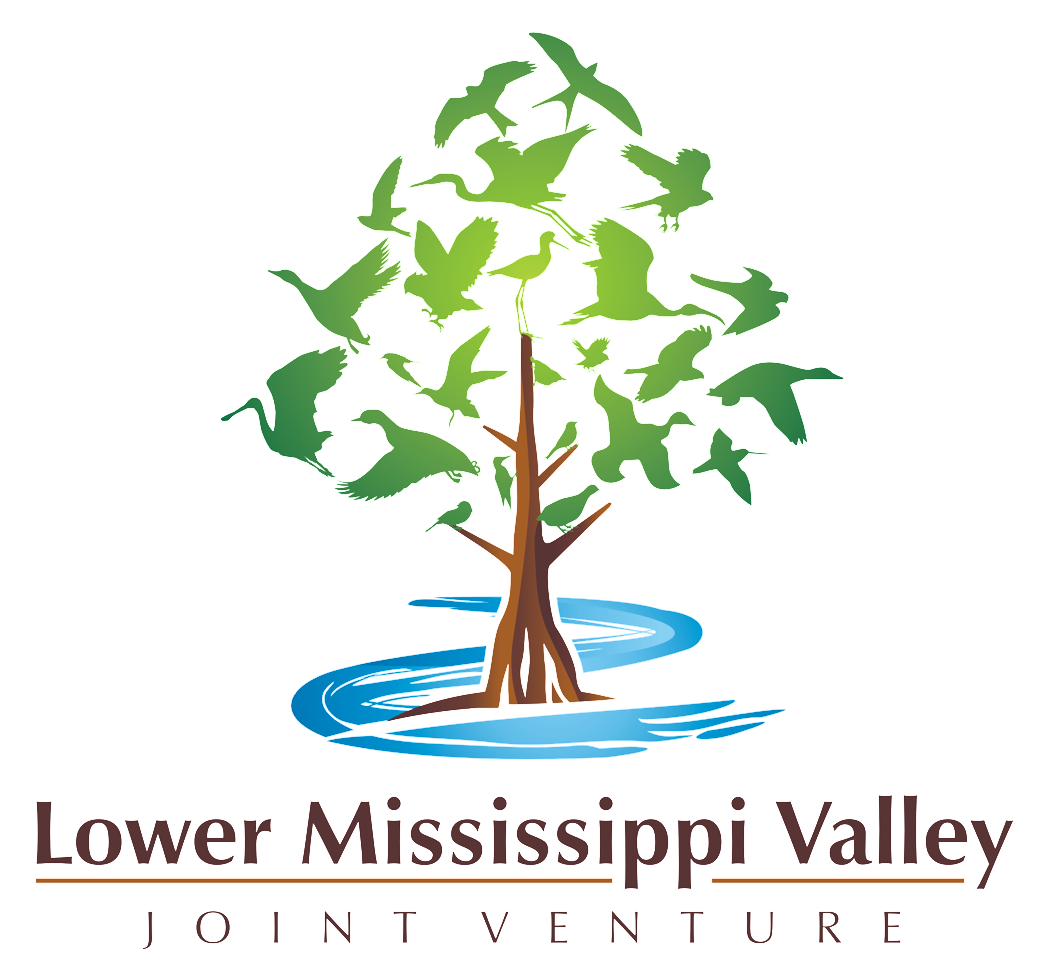Bottomland Forest Management for Wildlife in Texas
The USDA-NRCS has been advancing protocols for formal management of WRP/WRE (Wetland Reserve) easements in Texas. In previous years, the concept has been to allow natural forces to work on the forested stand within the easement; no forest stand improvement options as a general practice. Options for stand improvement (reduction of non-native species, promote desired native species composition, improve habitat for priority species etc.) are now being discussed by the NRCS and LMVJV. Our goal is to improve stand conditions for priority wildlife species. The inclusion of the Desired Forest Conditions for Wildlife (DFCW), a process document developed by the LMVJV, is now making its mark on private lands of the West Gulf Coastal Plain in Texas. Over the past six months, partners have increased efforts to inform, evaluate, and develop better management guidelines in Texas that would allow timber harvest operations in accordance with a Forest Management Plan for Forested Wetland Conservation Easements, wildlife management areas, significant connecting private lands, and other conservation easements.
Since timber harvest may be allowed on “Conservation Easements” such as Wetlands Reserve Program (WRP) or Wetland Reserve Easement (WRE) easement lands--when consistent with the long-term protection and enhancement of habitat for migratory birds, other wildlife, and additional ecological functions--the Desired Forest Conditions for Wildlife (DFCW) document pioneered by the LMVJV is seeing value in Texas. Rather than establishment, planting, and allowing natural forces to work, guidelines are being developed for management of hardwood stands to benefit priority wildlife species in the western periphery of the West Gulf Coastal Plain. In alliance with this philosophy – the following guidelines have been developed in Texas – “All timber harvesting operations must be carried out according to a Forest Management Plan (FMP) that is approved by the Natural Resources Conservation Service (NRCS).”
Key elements of this FMP for NRCS may include:
A landowner will request permission for timber harvest through the local District Conservationist.
The Zone Biologist and Zone Forester (or appropriate State Office ECS staff) will make a site visit to determine if a timber harvest is needed and justified to benefit designated wildlife species.
If harvest is justified, the landowner will ask a wildlife biologist, consultant forester, or other resource professional to submit a written Forest Management Plan that is compatible with objectives of the WRP/WRE.
Prior to plan development, the landowner's agent will meet with the Zone Biologist and Zone Forester to discuss its contents.
On tracts greater than 10 acres, the landowner will provide a timber cruise conducted by a registered or state accredited forester. Cruise information will include (by species) sawtimber volume, pulpwood volume, growth rate, and log grade, as well as composition of shrub and herbaceous layers.
Approved harvesting methods will emphasize and facilitate natural regeneration of oaks and other tree species that provide significant wildlife food and shelter in bottomland hardwood forests.
If a timber harvest is approved, harvesting operations will utilize Texas State Best Management Practices (BMP’s) to control erosion, protect water quality, maintain biodiversity, and ensure the wetland functions and values of the WRP/WRE easement are protected. A combination of shelterwood, single tree, and group selection harvesting methods may be used to enhance forest stands to promote species biodiversity, multiple crown classes, and forest cover types.

